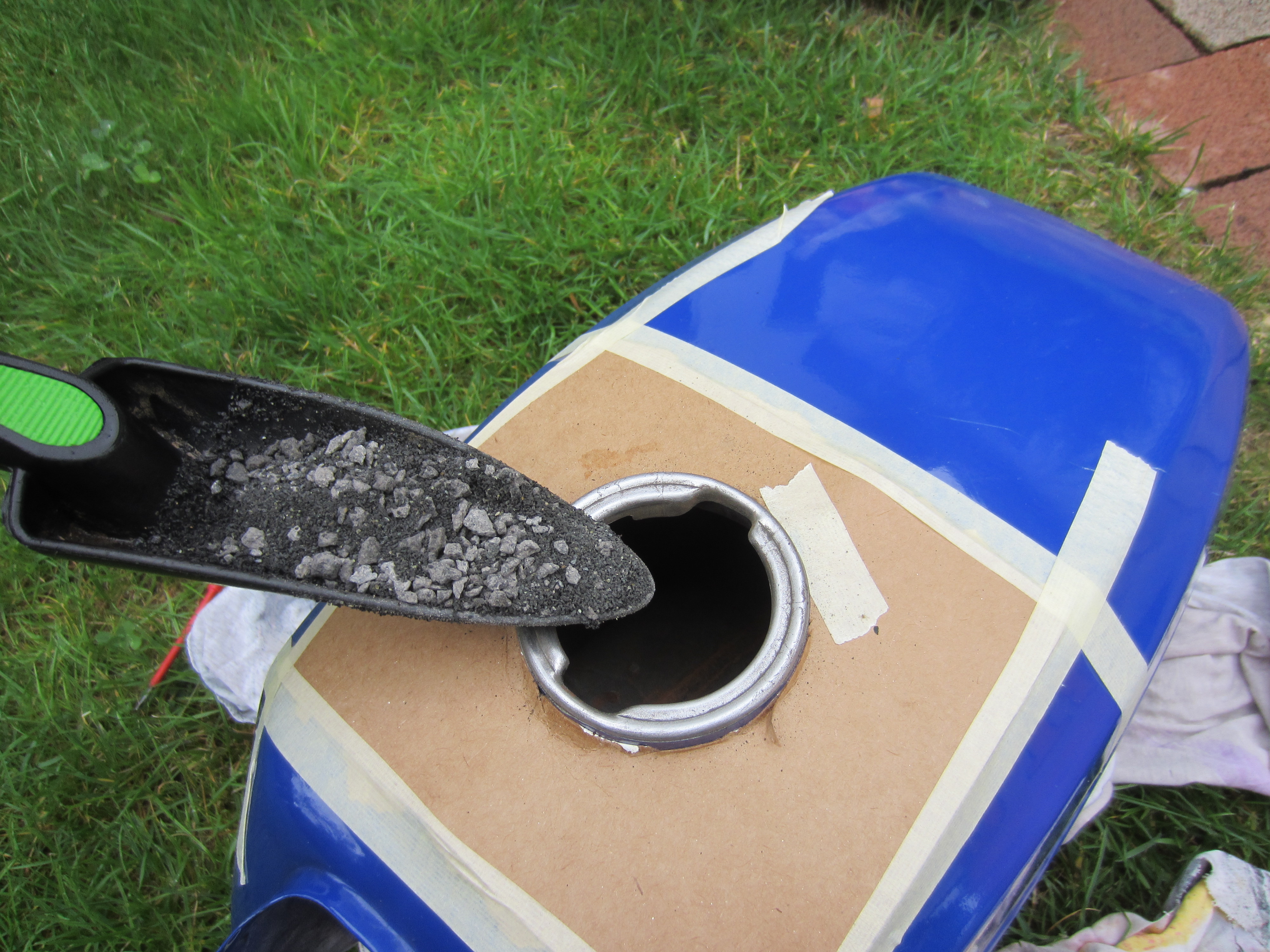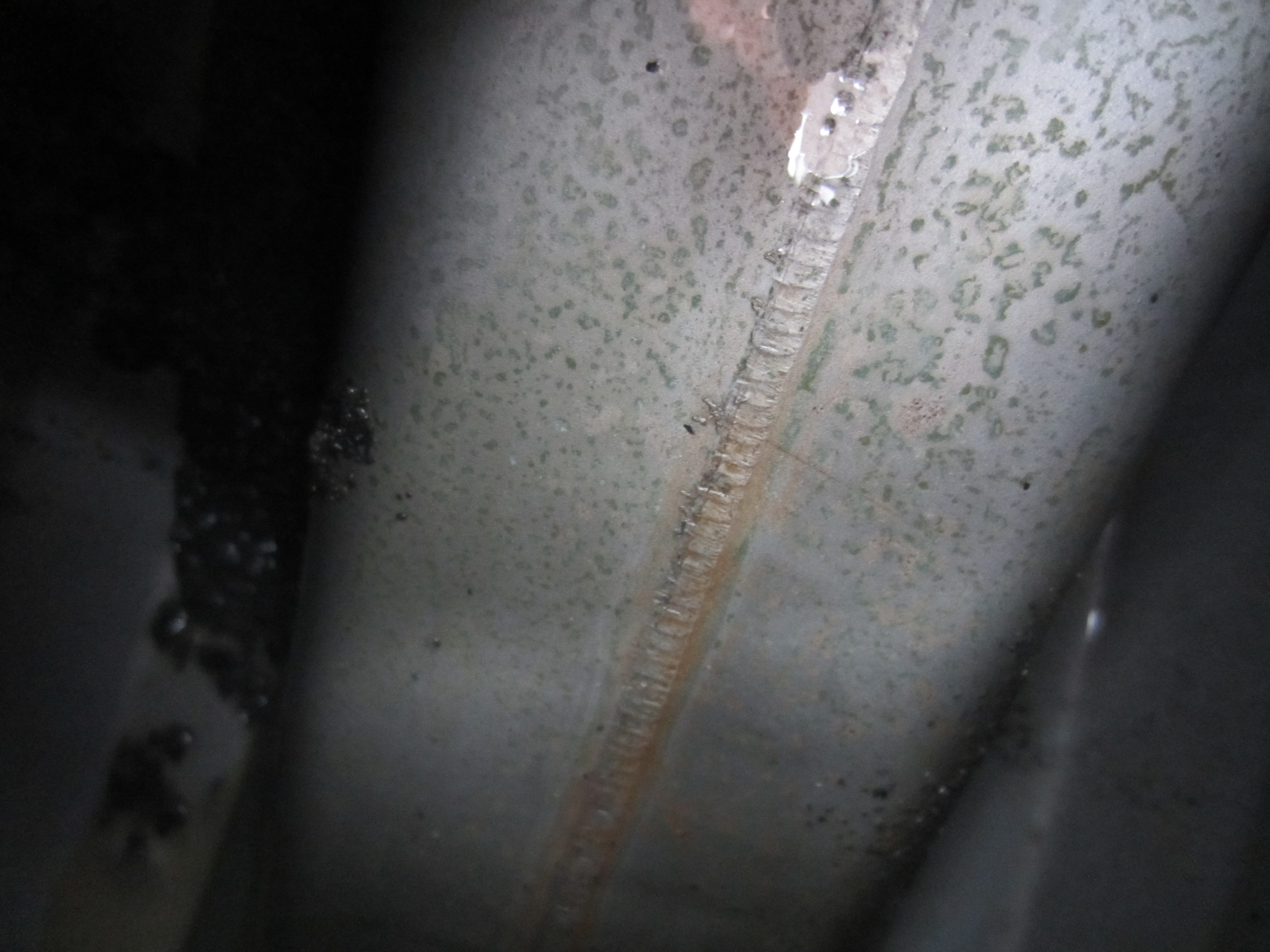Zündapp KS 125, 17hp, built in 1974
That time I had just finished my driving license for motorbikes I visited a friend and found that old Zündapp in the rear garage building. This was a very poor sight. The headlights and the rear light were stolen the cables hanging around. The motorbike got dusty and was dirty standing there like a wreck. 'What are you doing with this' I asked him and he answered: "You may have it". The prehistory can you find here.
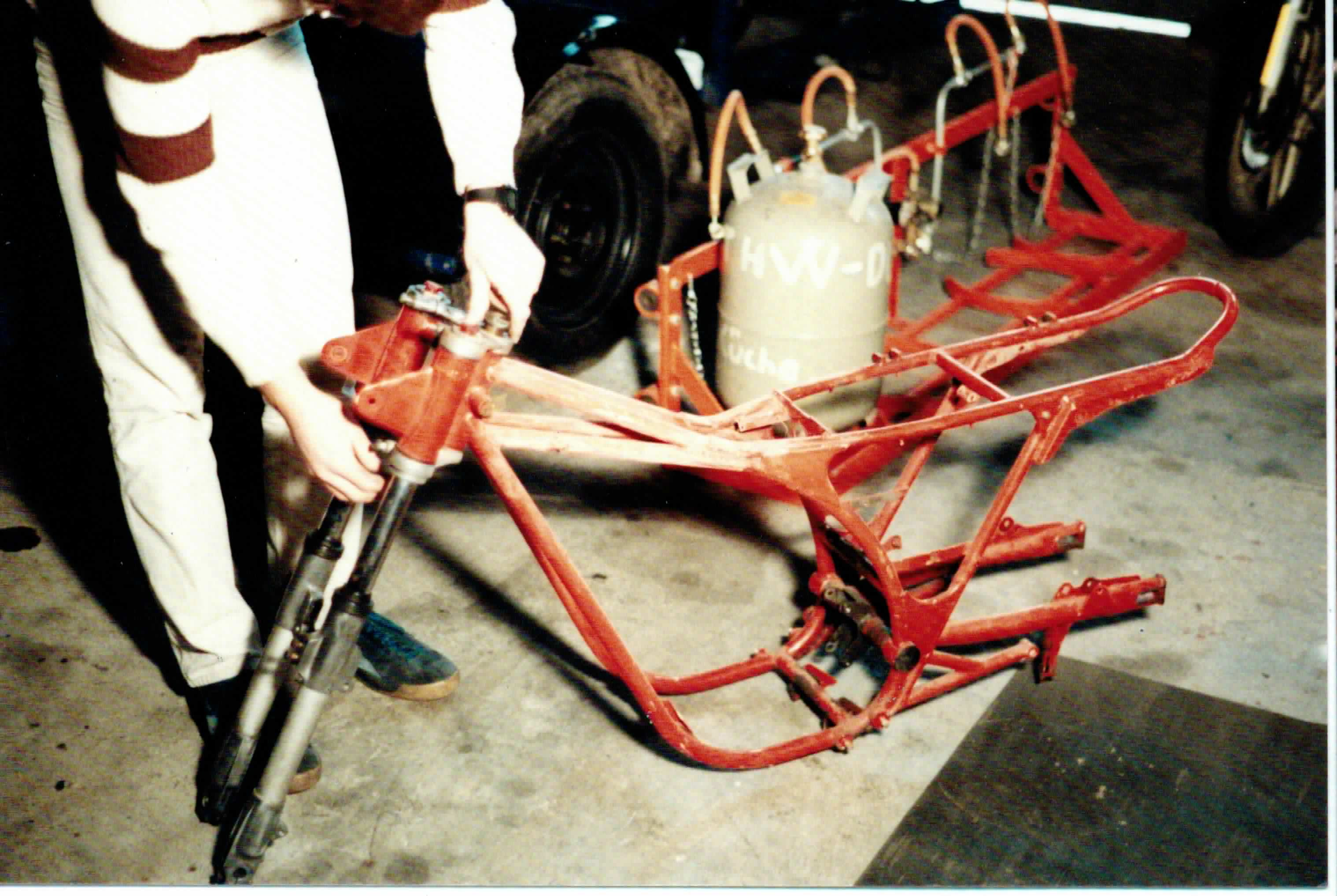 Great, to potter about or tinker with cars, motorbikes and so on always has been my passion. Give me any broken thing, bring me in a room and in addtion a toolbox. It won't take a long time and the individual parts will be located in front of me. And yes, I will put it all together again and so far everything works too.
Great, to potter about or tinker with cars, motorbikes and so on always has been my passion. Give me any broken thing, bring me in a room and in addtion a toolbox. It won't take a long time and the individual parts will be located in front of me. And yes, I will put it all together again and so far everything works too.
This was the rescue for the at that time already 11 year old machine. And spare parts where to get too! The company Zündapp stood in front of the insolvency or the sale and they have built another water-cooled current model named KS175 in this series. Soon after that it endet with the manufacturer.
The spare parts were barely to pay for me as a apprentice and naturally the most important thing at the start was to get the motorbike running again. And now you'll read the part when every real motorbike mechanician goes off. I had purchased a new piston including piston ring at the right oversize and processed the running surfaces of the cylinder using sandpaper. I had never been able to clear up the piston scoring. So I tried a sealing compound to fill them. Shure that was the entire wrong or superfluos thing to do. But don't laugh. It worked and the engine ran again!
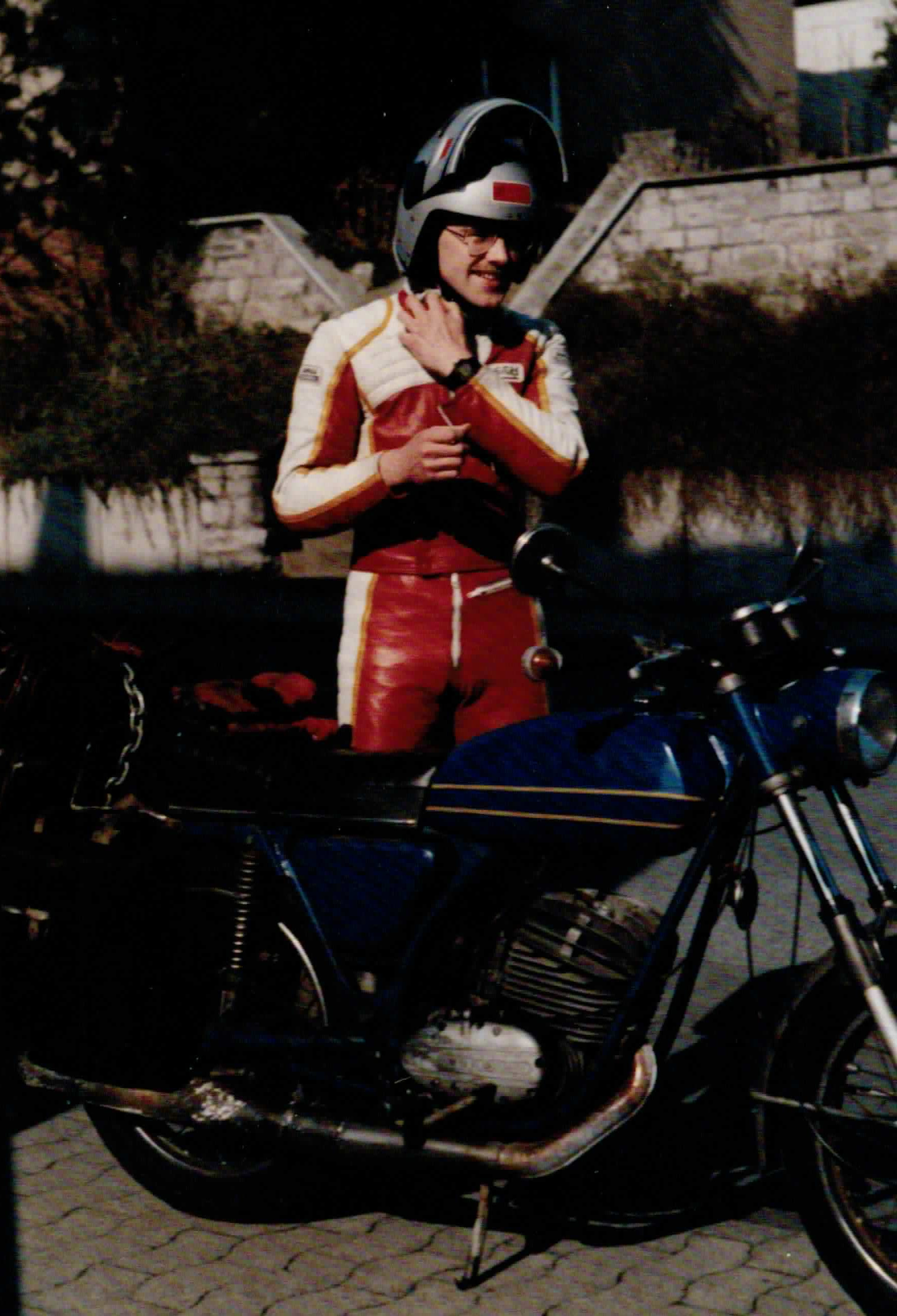
Then I disassembled the motorbike total. I sprayed it and built it up again. It was not perfect but well worth seeing. Certainly I separated from the original red and used the colour ultramarine instead. Why did I take this colour? I sad I was in education and what is scarcer than money. At the same time I spent my period of service at the Technisches Hilfswerk (THW). This was an alternative civilian service which lasted as long as basic military service. And at the THW they had a bucket of this colour left. And that was not all. There were also a garage, a compressor and all the tools to do the paintwork. Functional!
In June 1985 I could register the motorbike with about 27,000km (approx. 17,000 miles) on the hump. Since then I again and again have been sitting on the Zündapp - today less then in the past. Because today I have got a BMW F650 but this is another story...
Oh yes. I've to give a supplement: naturally the bad (pseudo-)repaired engine hasn't waited not long. I might have been driven around 1.600 miles when on a day in 1986 the piston bursted on the motorway at a speed of 120km/h (approx. 75mph)! Stupid thing. The piston, the piston ring, the cylinder itself, the crankshaft and the crankshaft bearings were burst. My bicycle shop whose holder had sold and repaired Zündapp motorbikes in the past, could get the spare parts from the Zündapp central storage. I had to spend one thousand DM (Deutsche Mark - approx. 500,- €) and have got back my cutie.
On the photo of 1988 you can see that the bike had suffered under the ravages of time. It stood outside at wind and weather because there was no garage and I drove in the deepest winter times too. At winter times the great cooling ribs were very helpful because I was able to warm up my frozen fingers every few miles.
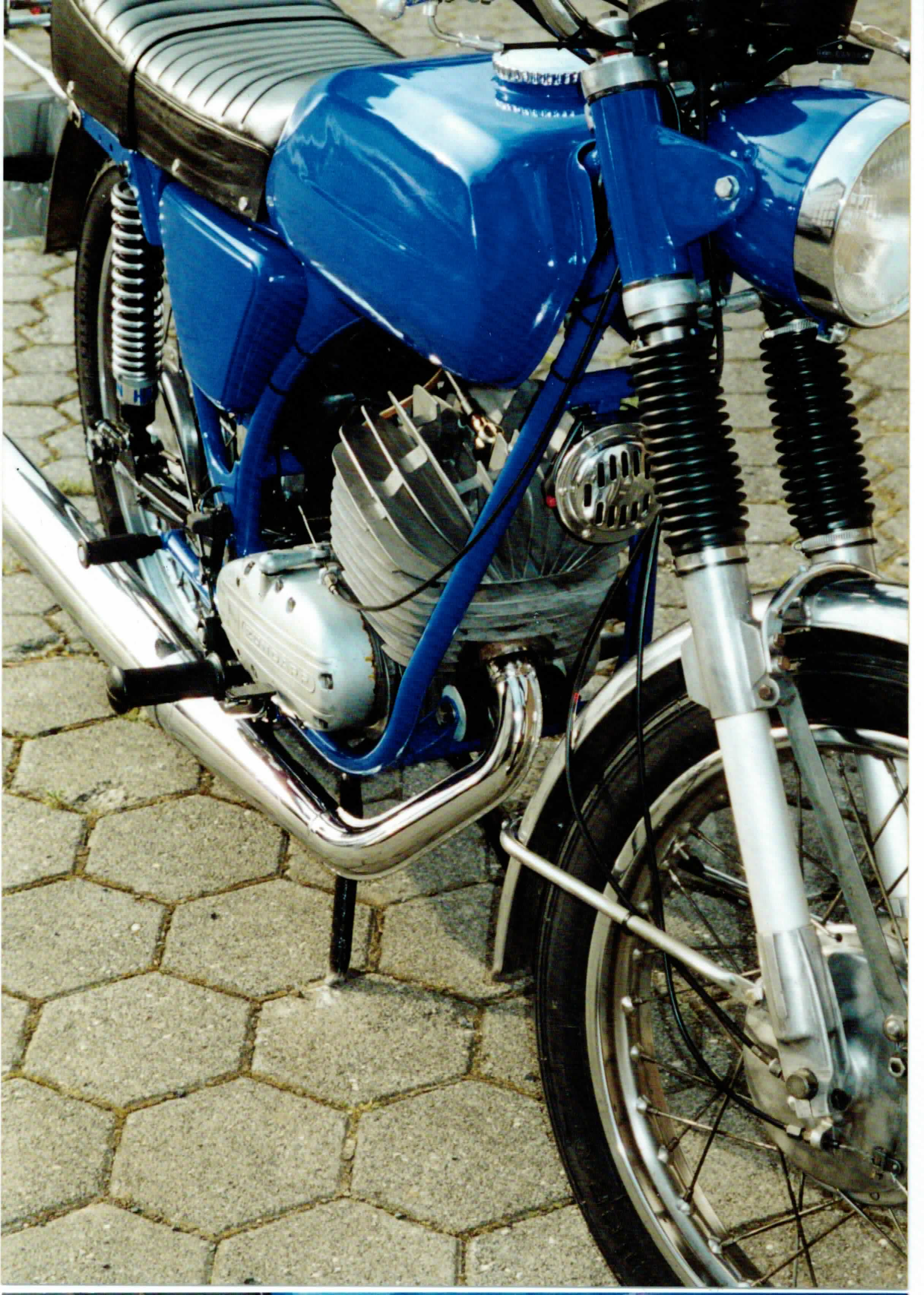
The exhaust was terrible rusty and about 1990 the back protective plate was slightly rusty and fell nearly down. So I was not able to get the permit of the technical supervision anymore. The adequate spare part was not to get too. Someday and years later I had good luck with a look into the classifieds market. Someone offered the chromium-plated original spare part for 250.- DM (approx. 120.- €). It was new and original packed in foil with Zündapp-emblems. I dared the risk of losing my money because the seller stand on paying in advance. I trembled a time whether the parcel will reach me.
Meanwhile the Zündapp war disassembled and layed in the loft. Everything was carefully wrapped in bags and cardboards and waited to get a new life. Then the day came when my wife told me that we will get a child. And I knew I had to build up my cutie before our son would be born. The time for tinkering on the machine would be very rare after the birth.
Also there was a good occaision to get a new original frame for the front head light and also for so called ox-eyes which are used as direction indicators. I have also got a carburettor and a new exhaust. In August 2000 I registered the motorbike again.
The Zündapp KS125 still runs until today and is as far as possible in an original state - if you won't mind the self-chosen color and the missing emblemes. Meanwhile there are more than 70,000km (more than 43,000 miles) on the speedometer. This is a very good performance for a 2-stroke-engine. All right at some places you can see the age.
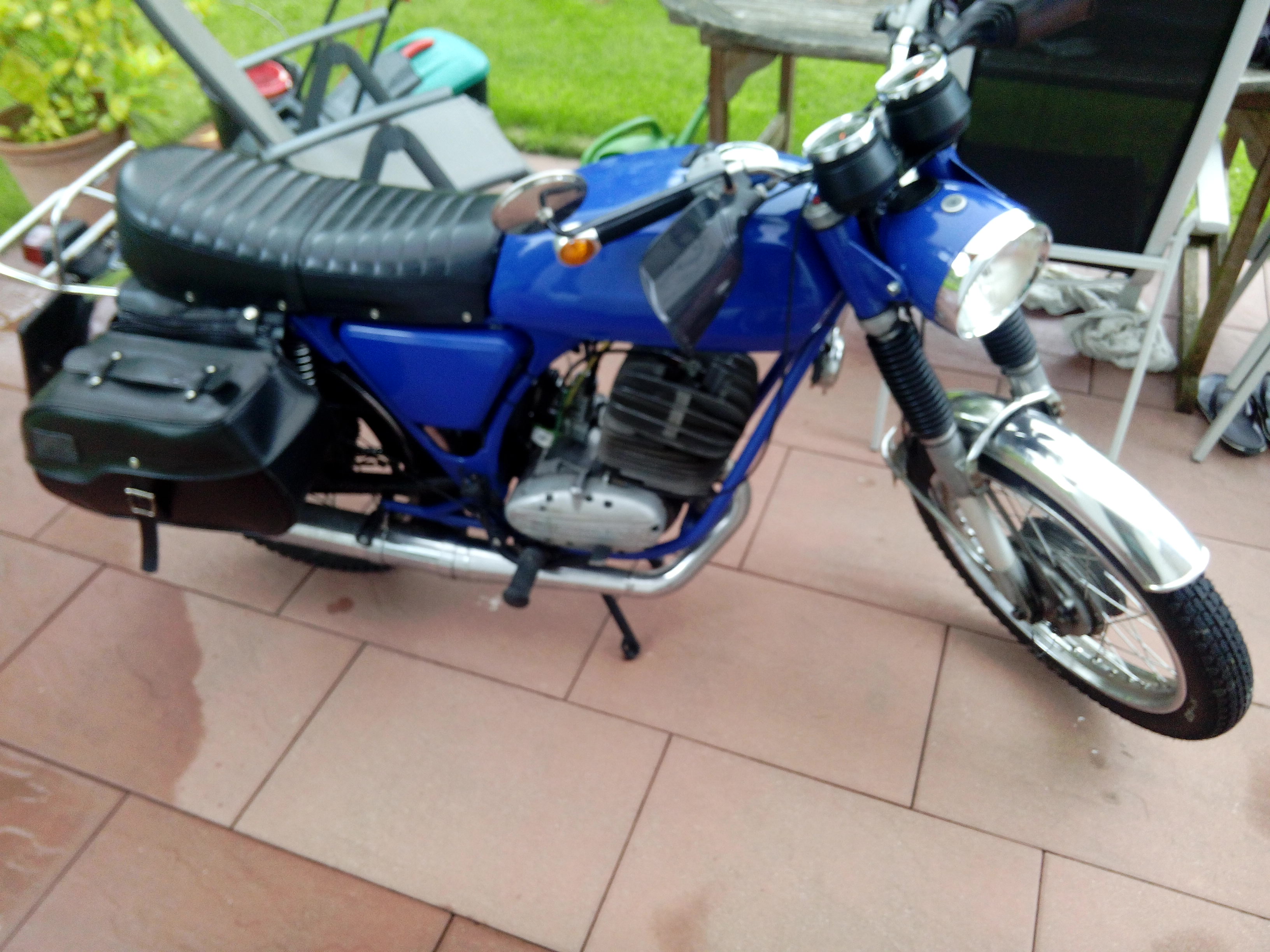
Nevertheless she will be driven - only at good weather conditions and over all seasons - and I still have fun with my cutie.
Here I will put some technical informations:
I am driving gas Super 95 since it has been established in Germany. Very important is always to take the right mixture ratio with 2-stroke oil of 1:25 which is given by the manufacturer. Just the same ist the right ignition plug.
Yet in 1974 the kind of electricity power supply (6V) and the resulting week lighting was no more up-to-date. The headlight is only a light. What comes out of this part is not powerful. The light only works with running engine when you give some rotational speed. So when I'm standing at traffic lights I have to keep 3.000 rpm. Because of the construction of the power supply for the back light with a helping-coil of the generator the back light only gets enough power when the head light is working properly. So it is better while standing to keep my foot on the brake pedal. The break light is supplied by battery.
The tank is made of steel and is not stainless. Inside after over 40 years I saw a rust film which was involved to change into rust. It is not a good idea to see this and not to do anything. So I wanted to do something against this devastating process. The tank was siphoned and I put sand and small edgy stones in it. The I wrapped it very well and put it on a concrete mixing machine in different positions. In every position the machine worked about half an hour.
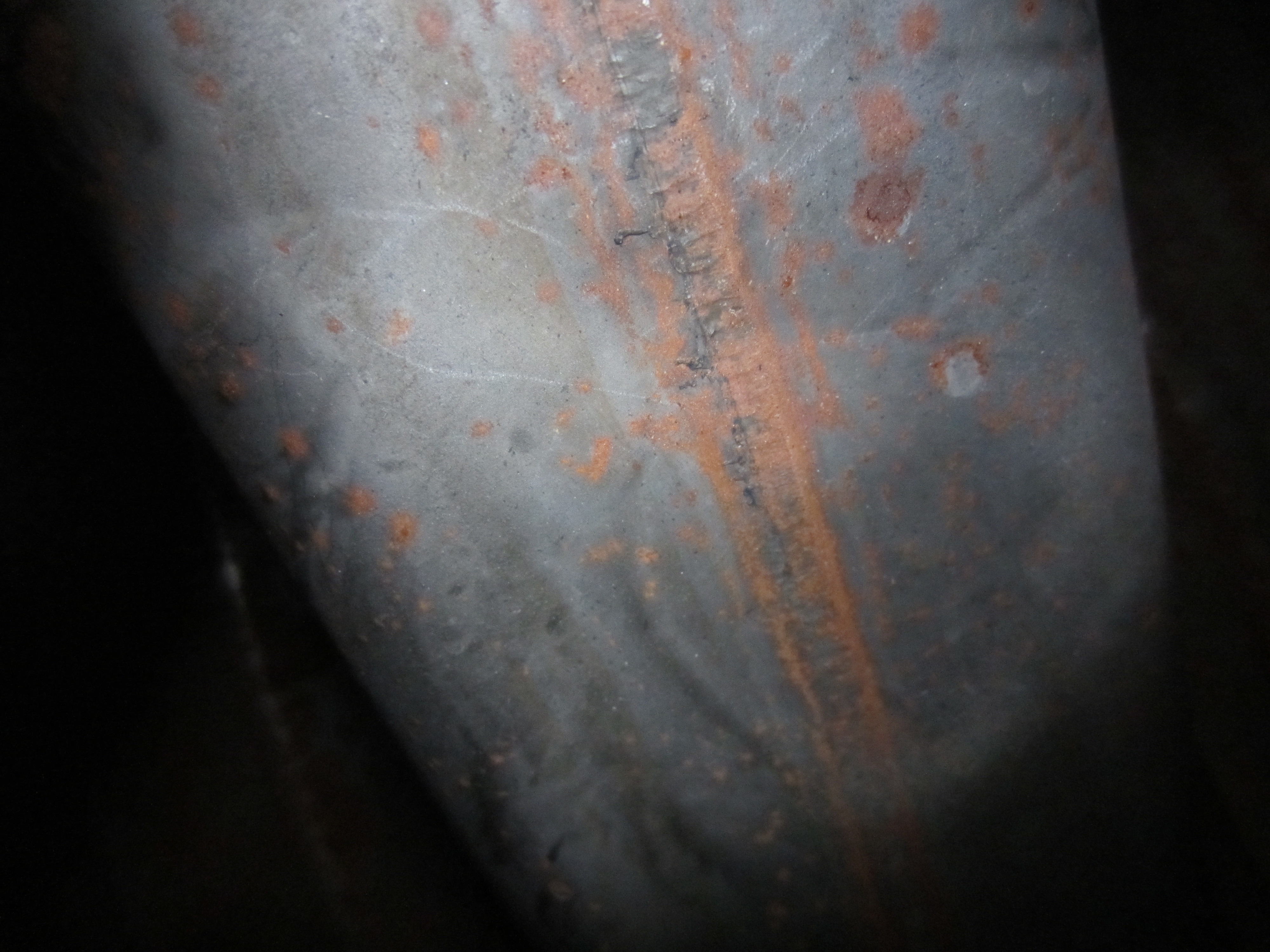
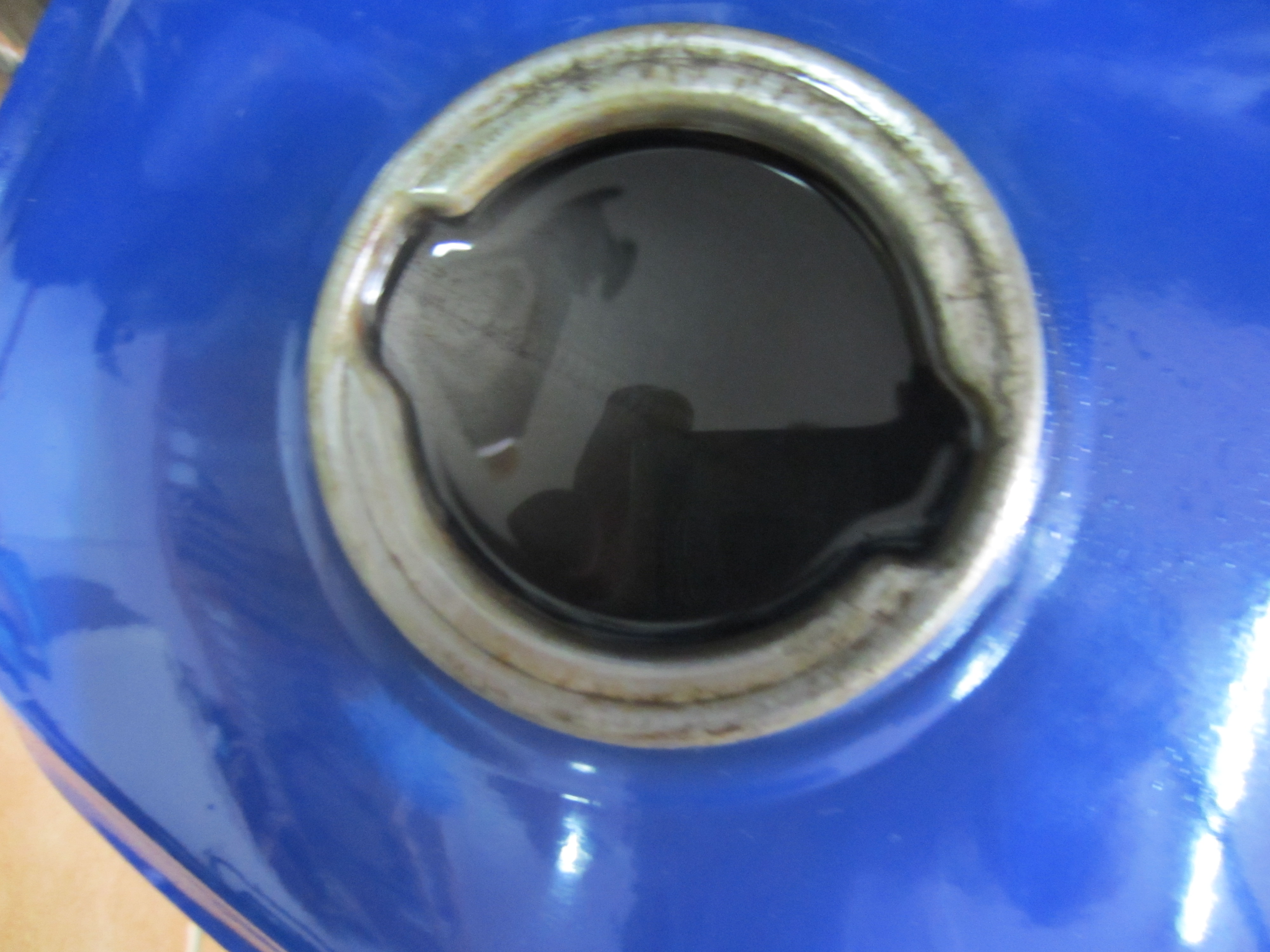
Another step was to fill in a transforming fluid which changed the rust chemically. And the tank had to be dryed again. The last thing to do was to fill in an acid- and fuel-resistant liquid resin. The tank was sealed again and moved in every direction. I repeated this process once again until the resin has been reached every point inside. I couldn't wait to put the tank back on the motorbike but I had to wait at least one week hardening time. The rationality forced me to do so.

